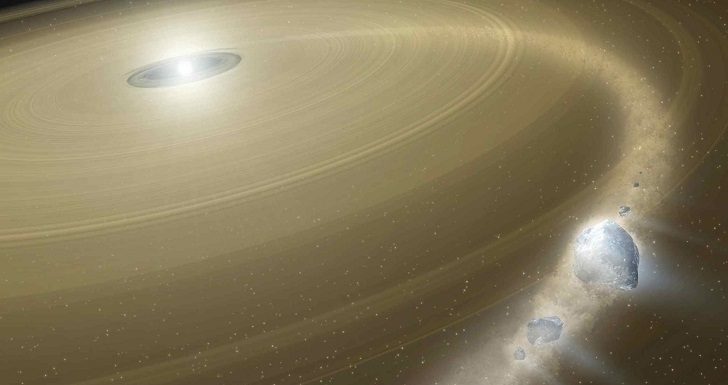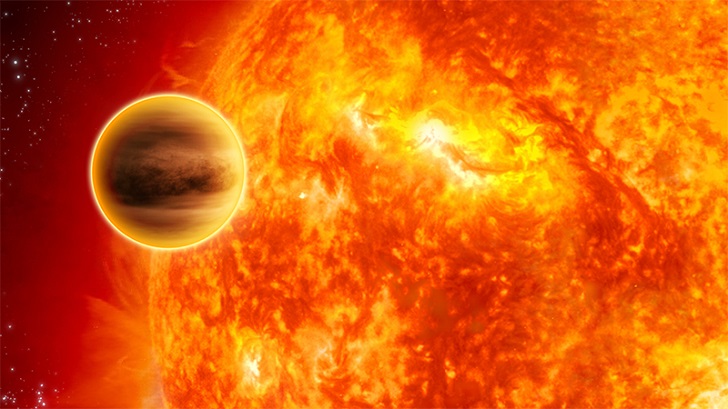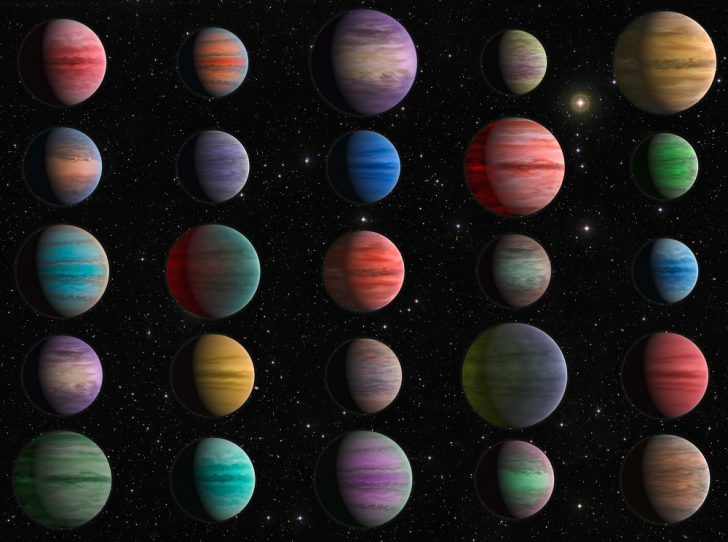Throughout human history, whether we are alone in the universe has captivated the imaginations of scientists, philosophers, and dreamers alike. The discovery of exoplanets, planets outside our solar system, has provided a wealth of knowledge and sparked a new era of exploration and understanding. Let's take a captivating journey through time, tracing the history of exoplanet research from its early beginnings to the remarkable discoveries of the present day.
Early Speculations and Theoretical Foundations (17th-18th century)
The idea of other worlds beyond our solar system can be traced back centuries. In the 17th century, philosophers such as Giordano Bruno and Johannes Kepler pondered the existence of extraterrestrial life. However, it was not until the 18th century that the scientific groundwork was laid. The French astronomer Pierre-Simon Laplace proposed the concept of "exoplanets" as he postulated that other star systems could have planets orbiting them just like our Sun.

NASA/ JPL-Caltech | The first planet outside our Solar system to be discovered was 51 Pegasi b
The First Exoplanet Candidate (1917)
The search for exoplanets began in earnest in the early 20th century. In 1917, the Dutch astronomer Adriaan van Maanen reported the detection of an extrasolar object around a white dwarf star. However, further investigations revealed that it was a mistaken identification and that the object was likely a background star.
The Rise of Radial Velocity Method (1980s)
The 1980s marked a turning point in exoplanet research by introducing new techniques. The radial velocity method, also known as the Doppler method, became instrumental in detecting exoplanets. This method relies on observing tiny shifts in a star's spectrum caused by the gravitational pull of an orbiting planet. In 1995, Swiss astronomers Michel Mayor and Didier Queloz made history by announcing the discovery of 51 Pegasi b, the first confirmed exoplanet orbiting a Sun-like star.

NASA/ JPL-Caltech | Photometry with the transit method has arguably been the most successful exoplanet discovery method to date
Transit Photometry Revolution (1999-2009)
Another groundbreaking technique, transit photometry, emerged in the late 1990s. This method measures the slight decrease in a star's brightness when a planet passes in front of it. In 1999 the first transiting exoplanet, HD 209458 b, was identified. This discovery opened up new possibilities for studying exoplanet atmospheres and their compositions.
Kepler Mission: A Bounty of Exoplanets (2009-2018)
The launch of NASA's Kepler Space Telescope in 2009 revolutionized the field of exoplanet research. Kepler's primary goal was to survey a specific region of the sky to identify Earth-sized exoplanets within the habitable zones of their parent stars. Over its mission duration, Kepler confirmed thousands of exoplanets, including many in the "Goldilocks zone"—regions where conditions might allow liquid water and potentially support life.

Esa/ Nasa/ AP | The first lesson learned is that exoplanet atmospheres are diverse
Exoplanet Diversity and Characterization (Present Day)
Advancements in technology and observational techniques have enabled scientists to gain deeper insights into the nature of exoplanets. The advent of space-based telescopes, such as NASA's TESS and ESA's CHEOPS, continues to uncover a diverse range of exoplanets. Researchers now study their atmospheres and compositions and even search for signs of habitability or biosignatures.




